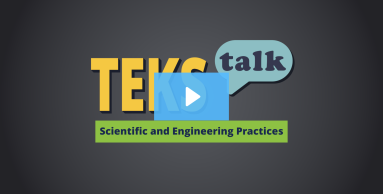
Knowledge and Skills Statement
The further explanation is designed to be a resource for educators that helps them better understand the topic their students are learning. Further explanations may be written at a more complex level than would be expected for students at the grade level.
Alexander Graham Bell was best known for his invention of the telephone, revolutionizing communication as we know it. Bell began problem-solving as a young child and at the age of 12 designed his first invention, a device to remove husks from wheat grain. As an adult, he became a professor at Boston University, teaching Vocal Physiology and Mechanics of Speech.
Marie Daly was the first black woman to receive her doctorate in chemistry. Her work included studies on cholesterol, sugars, and proteins. She advocated for women and minorities to pursue medical careers and graduate from science programs.
Mario Molina was a Mexican chemist who played a pivotal role in the discovery of the Antarctic ozone hole and was a co-recipient of the 1995 Nobel Prize in Chemistry for his role in discovering the threat to the Earth's ozone layer from chlorofluorocarbon gases. Later in his career, he was a climate policy advisor to the President of Mexico.
Jane Goodall studied chimpanzees by immersing herself in their communities as a neighbor. Her discovery in 1960 that chimpanzees make and use tools is considered one of the greatest achievements of twentieth-century scholarship. Her life's work has also centered around conservation efforts to protect forests and the wildlife that live within them.
Research
Cox, Carole. “Content Area Literacy: Meet the Scientist.” (blog) Reading Rockets (2013). (link unavailable)
Summary: This article explains that teaching children about famous scientists and their responsibilities helps them better understand science's history and how we have all benefited from scientific innovations.
Research
Kruse, Jerrid, and Sarah Borzo. “People Behind the Science.” Science and Children 48, no. 4 (2010): 51–55. http://www.jstor.org/stable/43175414.
Summary: Students are more likely to be engaged and connected to the science curriculum when discussing historical stories of famous scientists and scientific discoveries. This article explains that students should be introduced to historical science figures and innovations using videos and short stories but should be encouraged to participate in more hands-on activities. It's important to discuss different types of scientists, how they work, and how they may work together to solve problems or make discoveries.
